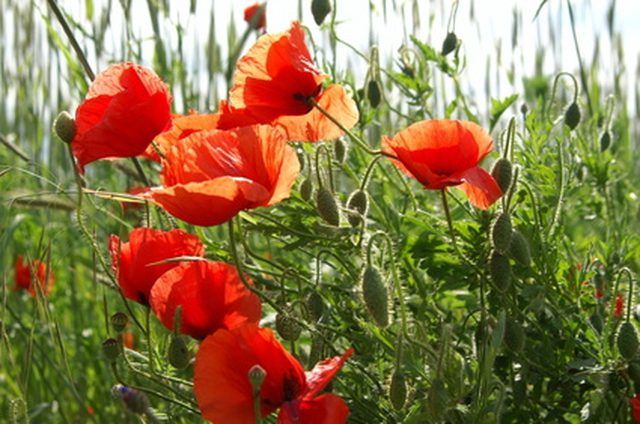Bulbs
Flower Basics
Flower Beds & Specialty Gardens
Flower Garden
Garden Furniture
Garden Gnomes
Garden Seeds
Garden Sheds
Garden Statues
Garden Tools & Supplies
Gardening Basics
Green & Organic
Groundcovers & Vines
Growing Annuals
Growing Basil
Growing Beans
Growing Berries
Growing Blueberries
Growing Cactus
Growing Corn
Growing Cotton
Growing Edibles
Growing Flowers
Growing Garlic
Growing Grapes
Growing Grass
Growing Herbs
Growing Jasmine
Growing Mint
Growing Mushrooms
Orchids
Growing Peanuts
Growing Perennials
Growing Plants
Growing Rosemary
Growing Roses
Growing Strawberries
Growing Sunflowers
Growing Thyme
Growing Tomatoes
Growing Tulips
Growing Vegetables
Herb Basics
Herb Garden
Indoor Growing
Landscaping Basics
Landscaping Patios
Landscaping Plants
Landscaping Shrubs
Landscaping Trees
Landscaping Walks & Pathways
Lawn Basics
Lawn Maintenance
Lawn Mowers
Lawn Ornaments
Lawn Planting
Lawn Tools
Outdoor Growing
Overall Landscape Planning
Pests, Weeds & Problems
Plant Basics
Rock Garden
Rose Garden
Shrubs
Soil
Specialty Gardens
Trees
Vegetable Garden
Yard Maintenance
How to Transplant Poppy Plants
How to Transplant Poppy Plants. Poppy flowers are most commonly known for their use in making opium, but there are many other poppy varieties that make good landscaping flowers. The poppy flower is easily identifiable by its bright orange and yellow flowers that contain a black spot in the center. Poppy flowers bloom in the spring and summer months...

Poppy flowers are most commonly known for their use in making opium, but there are many other poppy varieties that make good landscaping flowers. The poppy flower is easily identifiable by its bright orange and yellow flowers that contain a black spot in the center. Poppy flowers bloom in the spring and summer months and will die out in cold climates. In warmer climates, the plants stop blooming around August and will rebloom the following spring.
Things You'll Need
Shovel
Wait to transplant poppies until the early fall when the weather turns cool and the plants stop blooming. If you are transplanting oriental poppies, you can transplant them in mid to late summer when their blooms wilt.
Insert a shovel into the soil approximately 1 foot away from the base of the poppy plant. Pull back on the shovel to loosen the soil near the plant.
Remove the shovel and place it next to the first location. Insert it into the ground and loosen the soil there as well. Continue loosening the soil in a circular pattern around the base of the poppy plant.
Stick one hand into the loosened soil and lift to release the plant from the ground. Grasp the other side of the root ball with your other hand and lift the plant free. Poppies have long taproots, so you may need to loosen the soil around the roots using your hands before the plant will come free.
Dig a hole for the poppy plant in a location that receives full sun and has dry soil. The hole should be 1 foot wide and deep enough to accommodate the tap root on the bottom of the plant. The poppy should sit at the same level as it did in the previous location.
Place the poppy plant into the newly dug hole and fill in the hole with soil.
Transplant additional poppy plants if desired, spacing each plant between 8 and 18 inches apart.
Tips & Warnings
If you are transplanting poppy seedlings from a seed tray, wait until the threat of frost has passed in the early spring before moving them outdoors.
If you accidentally cut the main taproot while transplanting the poppy, it may not bloom the next season. The plant should regrow the root and bloom the following year.